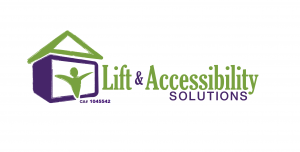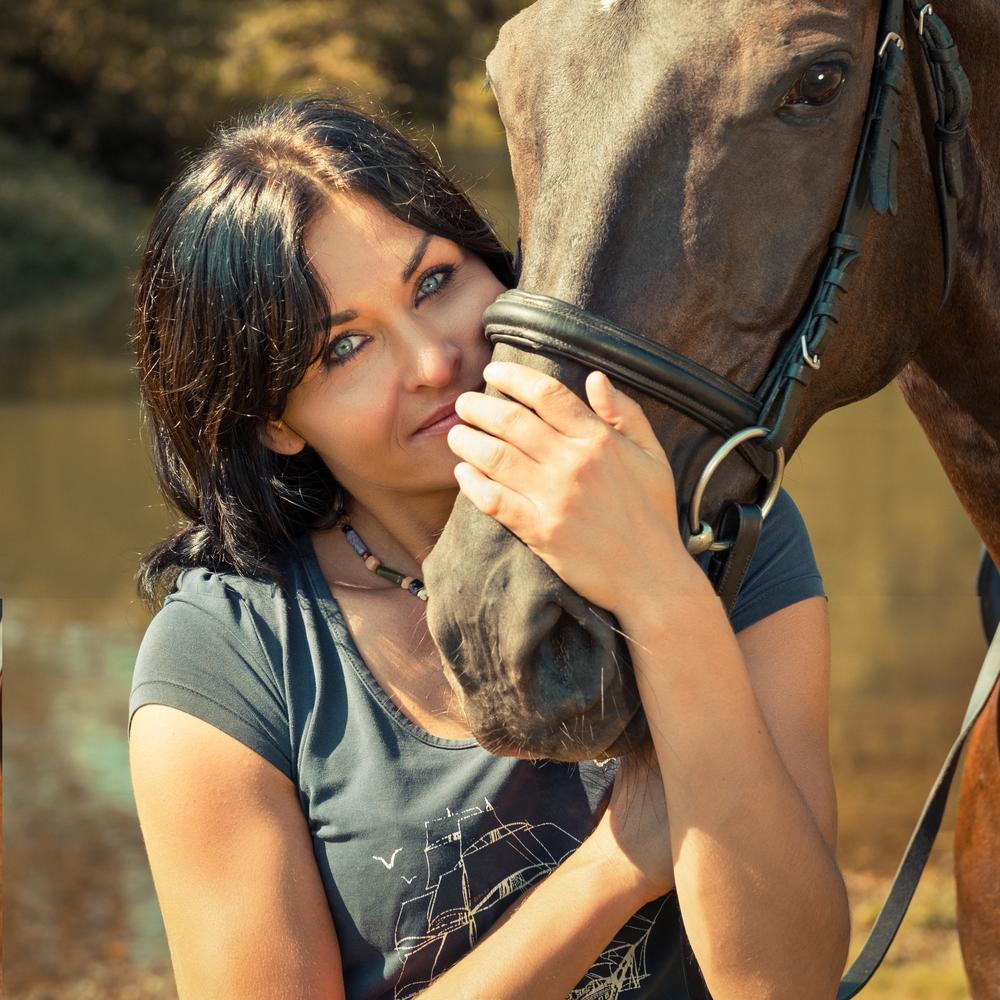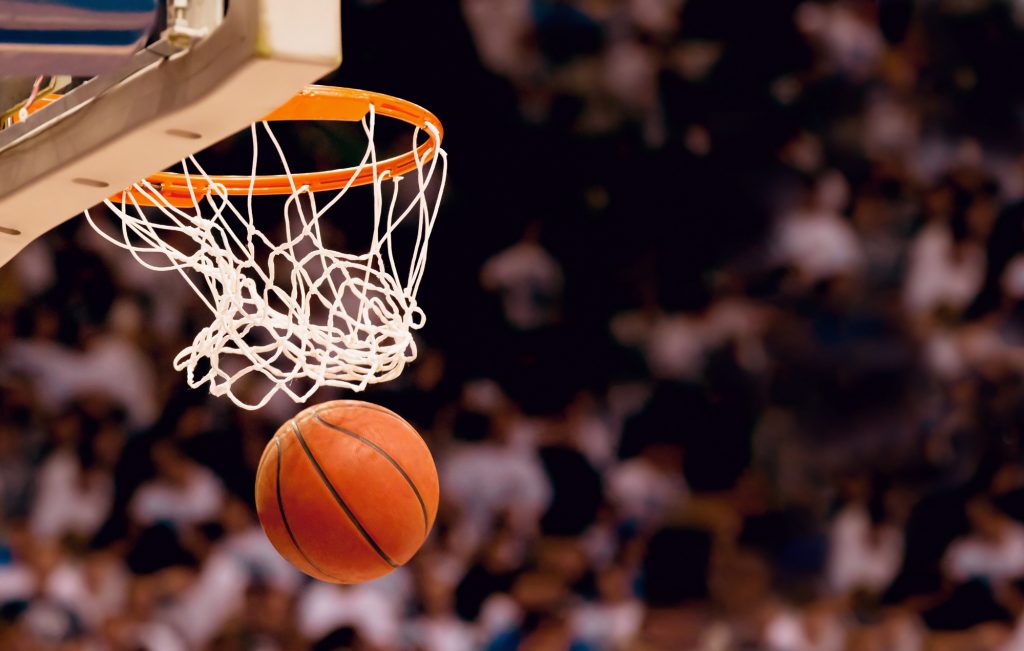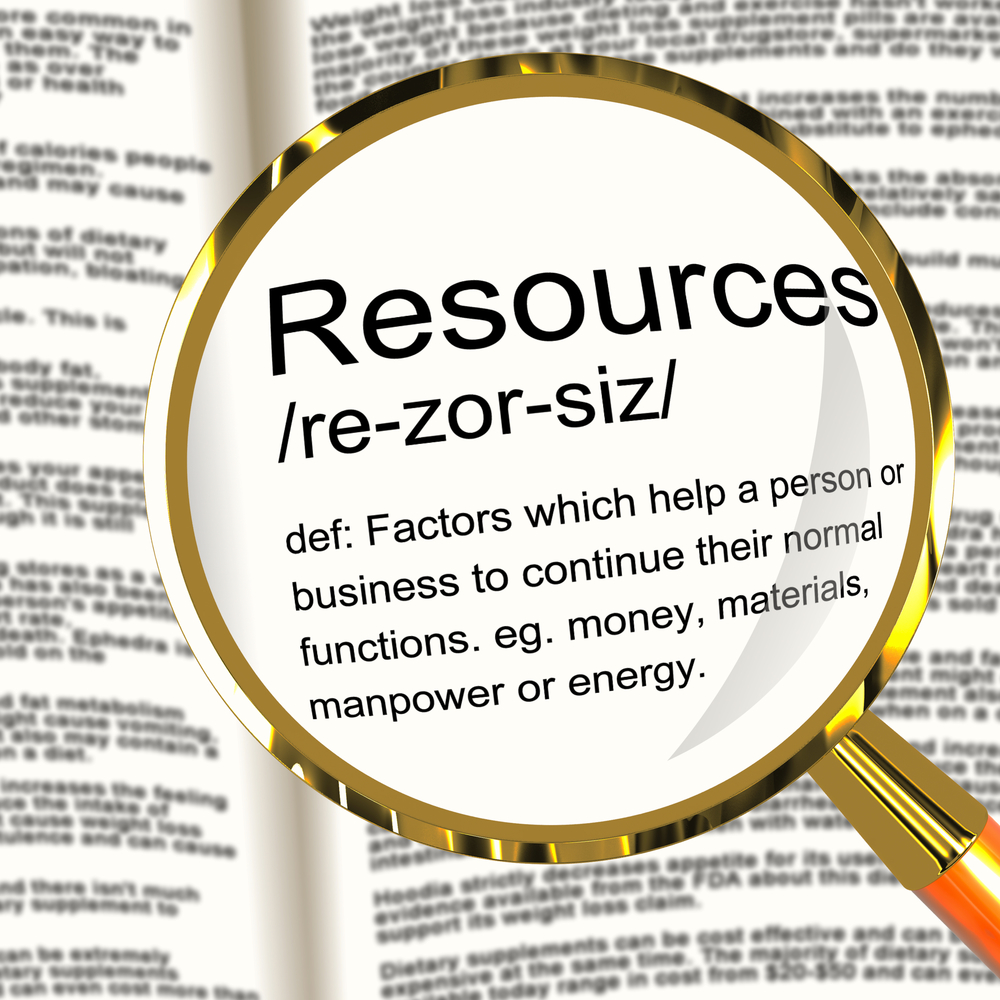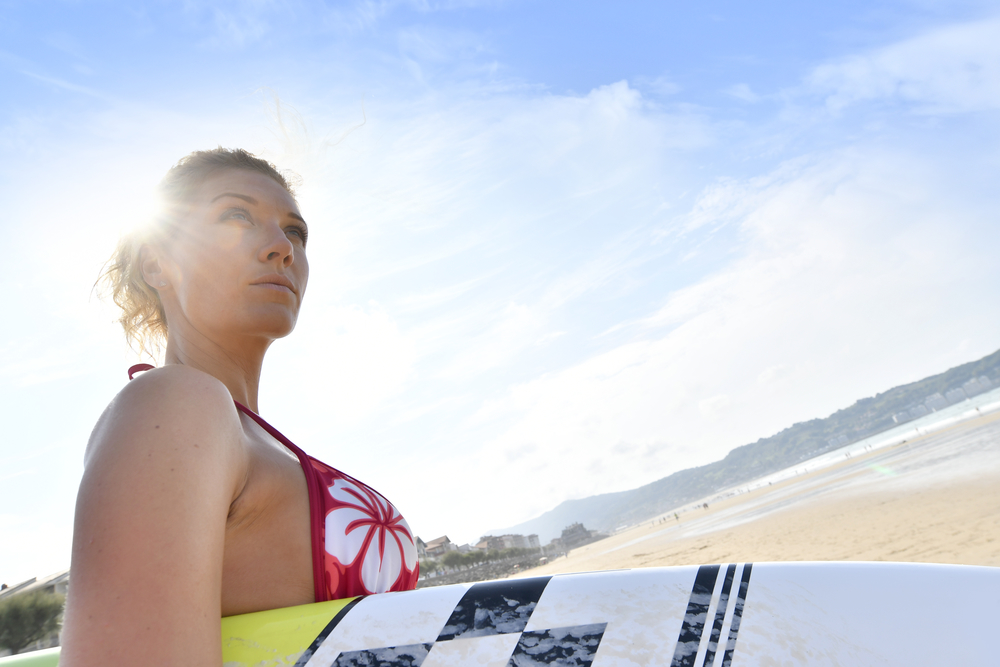18 Apr 2018
How To Get Into Adaptive Horse Back Riding
Adaptive horseback riding is a great springtime activity. The weather is turning warmer, and the flowers are in bloom, so this is a great time to be outside and take lessons.
How To Get Into Adaptive Horse Back Riding
You’ll want to make sure that you have an instructor certified by the Professional Association of Therapeutic Horsemanship International (PATH).
The instructor will tailor lessons to your individual needs by using adaptive equipment and techniques for a safe and fun lesson. An integral part of the first lesson is meeting with you and your family to determine what you’d like to achieve. Some students want to improve self-esteem while others want to improve their basic riding skills.
Adaptive Horseback Riding is Great For All Groups
Most classes will accommodate students age 4 and older. The instructor will set a pre-determined goal, then adapt the lessons to each individual in order to achieve that goal. All lessons are tailored to each student’s ability. The instructors will use exercises, games and other teaching methods, tools to reach these goals.
The motion of the human body on a horse is very much like the walking motion, so it is fantastic therapy. If you haven’t considered it, you definitely should. Not only does it have physical benefits like improved balance, posture and reflexes, it also provides emotional benefits as well. You’ll have more confidence and you’ll feel a sense of bonding between human and horse-it’s a special relationship.
We’ve seen many non-verbal students progress from being apprehensive to eagerly approaching their next lesson.
While you can take individual lessons, group lessons are even better. It’s a great way to develop social skills and even leadership. Some students love the riding lesson so much they want to learn how to care for the animals. That is definitely possible—you can learn stable management tasks like sweeping, cleaning and feeding and watering. It might even lead to a job.
Try Adaptive Horseback Riding
If you’ve felt limited in your ability to pursue recreational activities, consider adaptive riding. It is a wonderful recreational activity for people who need special equipment or special teaching methods. Many places offer both indoor and outdoor arenas, as well as horseback riding for the whole family—a great added benefit. With the adaptive program, you’ll have a certified instructor and someone who is leading or walking alongside the horse at all times to ensure the utmost safety.
So, if you’ve been looking for a new outdoor activity, there’s no better time than now to get on that horse and start your lesson today.
02 Apr 2018
How To Get Started With Adaptive Golf
Golf is a very adaptable sport, because it is more about will than ability. Golf is pretty fun. Even people who begrudgingly go with a friend to the course end up having a lot of fun once they start hitting balls around on the green. People everywhere play golf for exercise, fun and competition.
How To Play Golf with Different Abilities
Amputees can play. Leg prostheses have rotator joints and torsion absorbers that are perfect for golf. Adaptive hardware of this nature can let you complete the golf swing in a smooth fashion.
If you cannot walk, golf can be played from a seated position in a specially adapted single rider golf cart.
In fact, there are many adaptive devices that make golf accessible to players with disabilities. Even arm amputees can play golf; you can even play golf with one arm. For example, adaptive hardware attaches to a prosthetic arm and then to the golf club; this allows you to swing with both hands.
Where To Play Adaptive Golf
You can find golf courses, golf events and clinics at Disabled Sports USA Chapters or Paralympic Club Directory outlets around the country. There are also other golf organizations that can help. Many states have golf associations you can join. One example is the Georgia State Golf Association, which has 75,000 members and 350 member golf clubs. Organizations like this can help you find everything you need to play the game.
Adaptive Golf is For Novice and Expert Golfers
Golf is a great way to get out in the sun, do something fun and feel good about yourself. People who played golf before an amputation sometimes get frustrated playing afterwards, but some golfers report that their games have actually improved, or that they play just as well as they did before.
All golfers range in ability and score; this is part of what makes golf so fun—you keep playing and keep tweaking your game to improve. Various golf associations are working to get more single-rider adapted golf courts on public courses, and more equipment there, too, for that matter. PGA tournament play golf clubs already have most of this equipment.
What are you waiting for? Get out there and play. You’ll be surprised how happy you’ll be when that little ball goes up in the air and forward!
If you’re looking to get active, don’t let that wheelchair keep you from trying out the sport of basketball. Adaptive basketball, also known as wheelchair basketball, is a great way to get an excellent workout and learn to work as a team with others.
Why You Should Try Adaptive Wheelchair Basketball
History
Wheelchair basketball was first spotted in the mid-1940’s when World War II Veterans, seeking treatment in hospitals, started playing basketball together. A few years later, Timothy Nugent founded the National Wheelchair Basketball Association. Twenty years later, wheelchair basketball for women surfaced making this sport accessible to all.
How it’s Played
The rules are very similar to traditional basketball with the exception of the classifications each player is given. According to the National Wheelchair Basketball Association, there are 8 classes of players ranging from 1.0 to 4.5. The higher the classification, the greater the level of mobility. The lower the classification, the lower the level of mobility. Each classification is assigned a point that coincides with their class number. The total number of points present on the court can’t exceed 15 points between 5 players.
Meet Patrick
Meet Patrick Anderson. He’s classified as a 4.5 and is considered by many to be the best wheelchair basketball player in the world. He was born in August 22nd, 1979 with fully functioning legs. At nine years old, he was hit by a drunk driver and lost both of his legs just below the knee as a result. Patrick didn’t allow this tragic event to railroad his future. Patrick starting playing wheelchair basketball in 1990 and went on to win many gold medals both in Paralympics and World Championships.
Join a Team
Although you may not be on your way to the Paralympics like Patrick, you can still use adaptive basketball to push yourself and build friendships. You can find a local team by going to the National Wheelchair Basketball Association’s website.
Special Equipment
There is no special equipment required to play adaptive basketball. An athlete can compete with a traditional wheelchair but over time may choose to purchase a custom wheelchair designed specifically for the sport. Here are three basketball wheelchairs you might consider if you are getting serious.
Adaptive basketball is an incredible sport. If you love basketball, leave the sidelines and give the court a try. You just might be the next Patrick Anderson! Or you may simply improve your mental and physical health.
10 Feb 2018
This Is How To Get Into Adaptive Running
Ah, the pleasures of recreational and competitive running! Don’t let a disability stop you from enjoying this invigorating sport. Running relieves stress, boosts confidence and relieves depression. If you’re a beginner in the adaptive running world, here is some advice to get started.
This Is How To Get Into Adaptive Running
The First Step
Work your way up to running. If you haven’t done any adaptive running before, start with a run/walk program – run two minutes, walk one minute and repeat. Rather than setting a goal to go a certain distance, set a goal to run for a certain time. Start with 10 minutes, then 15, then 30 and so on.
Running Right
It is really important to have proper form and good body balance. If you are running on a prosthetic limb that is not properly fitted or designed for running, it can create issues in other parts of your body, particularly your spine. It is crucial for the body to be properly aligned; if it’s not, you’ll hurt most of the time.
Joint range of motion in the hip is also very important. Ideally, you should have the same range in both hips. One hip locking up a bit will cause misalignment. Work with a trainer to do specific exercises to increase your range.
Commitment
All sports are half physical and half mental, and running is no different. Your head must be in the game, so to speak. If it isn’t, you won’t be successful. Discipline and commitment are key, but persistence is the most important. It will take a while to learn the skills of adaptive running, so hang in there. It will definitely pay off with the health benefits.
Adaptive Running Equipment
Adaptive running requires the proper equipment. Special sport or running prostheses can handle the extra loads and minimize wear and tear on your body. You can do adaptive running in a regular wheelchair, but a sports chair or racing chair might perhaps better suit you. There are several community organizations and national adaptive sports programs that will let you try out a chair.
Whatever you do, give adaptive running a try. You’ll feel better, you’ll be healthier and you’ll love getting out into the great outdoors.
03 Jan 2018
Adaptive Skiing This Winter Season
Have you dreamed of a ski vacation this winter, but you need to find a destination that offers adaptive skiing? Don’t worry, you are in luck. Adaptive skiing is now offered more places. Let’s explore.
Where To Go?
There are over 65 resorts in the U.S and Canada that offer adaptive skiing and great ski runs for all abilities. From the Colorado Rockies to the mountains of New Hampshire, you’ll be able a great winter sports destination.
What Sports Are Offered?
Most destinations offer alpine skiing, Nordic skiing, and snowboarding for anyone with a physical, developmental or cognitive disability.
Lessons
Most resorts offer lessons so that people can learn the basics and become familiar with the adaptive equipment. Look for lessons offered by certified PSIA instructors from the Professional Ski Instructors Association. Many instructors for adaptive sports have backgrounds in medicine or physical therapy, so be sure to ask if you’d like to know more information about the instructors before you book your trip.
Many resorts offer week-long camps or clinics, which can be really fun. You can meet and learn with other people seeking adaptive sport opportunities. If you absolutely just love skiing, you can join an adaptive sports club and go to events and competitions. These clubs are a great way to meet up and compete with new friends.
Equipment
Bring the usual—gloves, hat, goggles, parka and ski pants, but you can get the rest of the gear once you get to the resort. Adaptive resorts have all the specialized gear you need. They offer monoskis and snowboards that are specially engineered to absorb the extra force and evenly distribute your weight on a sit-ski. Some resorts even offer a special track system that can be added to your wheelchair. It looks like the track on a tank and allows the wheelchair to navigate snowy terrain. It’s great—you can go explore the great outdoors. Most places do offer mono-skis, bi-skis, outriggers, sit-skis and ski-bikes, but call ahead. Some resorts don’t stock these devices but can arrange for them with enough advance notice. Also call ahead if you’d like special equipment. These resorts really strive to offer everyone the full ski experience, and are generally very accommodating.
It’s hard to find a more fun and exhilarating winter experience than adaptive snow sports. These ski runs are open to people with just about any disability, so what are you waiting for? Make that phone call!
Adaptive archery is just like regular archery. The athlete uses a bow to aim and propel an arrow to hit a target. Archery is an adaptable sport, and people of all ages, genders and abilities can participate. Archery athletes with various physical or cognitive impairments can easily compete alongside other athletes.
Benefits of Competing in Adaptive Archery
Participation and competition in adaptive archery can be a way for athletes to be active and socialize. It can be an opportunity to learn something new and a way for athletes to spend time with others who have similar impairment issues or no impairment issues at all. Athletes must learn not only the fundamentals of the sport, but also how these fundamentals apply to them. For individuals who aspire to do more, there may be the option of making a U.S. Paralympic or World Championship Team.
Equipment Options
When selecting a bow there are two choices: recurve and compound. Both styles of bow offer advantages and disadvantages, and both options can be modified for use by adaptive athletes.
Recurve Bows
A recurve bow, also known as a traditional bow, consists of a single bow body and a string that connects to the ends of the body. This is a very simple and effective design. When starting out in the sport of archery, it is recommended to begin with a recurve bow. Modern recurve bows are made from fiberglass or carbon for strength and durability.
Compound Bows
Compound bows feature an updated, more modern, design. The bow body is smaller and constructed from aluminum or carbon fiber. Pulleys are located on the ends of the body and strings are run through the pulleys. The pulley system requires less strength to use the bow, while also delivering more power in the delivery.
How to Make Archery Adaptive
For prospective archers, it is necessary to work with a trainer who can assess their ability and skill level and create a teaching and training plan structured to fit the individual’s needs. Specialized equipment may be necessary in order to train and compete. A bow can be modified to make it possible for easy operation by an adaptive athlete.
Getting Started in Adaptive Archery
Training and practicing can be a fun activity for adaptive athletes interested in archery. Learning the proper techniques and skills can build discipline and self esteem. This is an activity adaptive athletes can learn and practice alongside other athletes of different abilities and skill levels. This can create understanding and give the athletes something they can learn more about and grow into. In some cases, athletes can go on to compete.
One of the best ways to keep in a positive mindset is to be active in recreational or sports activities. Both children and adults can stay healthy mentally and physically as they gain self confidence as well as muscle strength and coordination from these activities. Have you wanted to try out adaptive cycling, wheelchair basketball or even adaptive surfing but have no idea where to begin looking?
Where To Start With Adaptive Sports
All across the country there are many communities that are home to organizations designed to provide activities to people with cognitive and physical needs. Some cities offer these programs through their local Park and Recreation services or local hospitals as well as organizations that are established and run independently.
Community programs often offer varieties of recreational and sports activities for all level of abilities. Often no experience is required for most programs unless they are advanced classes. Many of these organisations are also able to provide adaptive equipment for practice and learning.
Don’t Be Daunted
Participation can at first be a daunting thing, as newcomers to adaptive sports need to overcome the mental doubts they may have concerning what they can achieve in time. As they begin to excel at adaptive sports, the emotional boost from success can provide distractions from the stress of daily life. Team sports also promote a sense of camaraderie, competitiveness and teamwork.
Each year thousands and thousands of adults and children with disabilities take part in programs to learn about adaptive sports. With the help of volunteers and the right adaptive equipment, there is a sport for almost anyone with a cognitive, emotional or physical disability willing to give these activities a try.
With several options out there, it is strongly suggested that people try more than one sport and group. With trial and error, patience and persistence you will find that sport that you love.
The following is a list of some organisations that can help you get a start in exploring adaptive sports options. This list is by no means complete, but it is a good start for anyone desiring to learn more about adaptive sports.
YMCA Clubs Clubs
http://www.ymca.net/find-your-y/
Boys & Girls Clubs
http://www.bgca.org/whoweare/Pages/FindaClub.aspx
Children’s Hemiplegia and Stroke Association
Sports Club Finder
https://www.va.gov/adaptivesports/va_clubFinder.asp
National Center on Physical Activity and Disability
“Access Anything: I Can Do That!”
National Sports Center for the Disabled
(303) 293-5711
20 Jun 2017
The Draw of the Water: Adaptive Surfing
For some who have suffered debilitating injuries, one of the biggest joys in life is overcoming the challenge of getting back to nature. The pressure of constantly being surrounded by four walls can quickly give anyone cabin fever, making the pull of nature and open skies nearly irresistible. One of the most popular water sports going right now for injured or disabled individuals is adaptive surfing programs.
Adaptive surfing has a wide range of benefits that go far beyond just getting out and back to Mother Nature. First off, it is not easy and it is a excellent form of fitness. Adaptive surfers will learn early on that both physical strength and endurance will come into play as well as core strength and balance as they develop the skills needed to surf.
Beyond the physical there are the mental benefits as well. Surfing has been said to be a great anti-depressant. The feeling of exhilaration as you skim the surface of the water has a profound effect on most surfers. After a day at the beach, it is hard not to be in a good mood.
With adaptive surfing, surfboards come in all shapes and sizes. Depending on the person and their needs as well as their skill level , there are a lot of variable to finding the proper board.
Thankfully, there are a plenty of large and caring groups out there that are more than willing and ready to assist you in learning to surf. In adaptive surfing there are two main methods:
Adaptive Prone
The prone style can be done in an assisted and an unassisted fashion. Prone-assisted surfing often has someone that will assist the surfer in catching a wave. This can be done by paddling or pushing them into the proper position as well as helping the surfer back onto their board after catching a wave.
Prone-unassisted is the adaptive style of independent athletes that can catch their own waves and get back on their own board without assistance. Often the only assistance that adaptive surfers of this level need is help in and out of the water.
Waveski Boards
Waveski boards are surfboards that are designed for the surfer to sit upright and use with a kayak paddle to catch waves as they come in. These are excellent for first-time adaptive surfers as many often have room for an abled bodied person to help with navigating the surf until the surfer has the confidence to surf unassisted.
01 Mar 2017
Making a Move with Adaptive Dancing
If you’ve written off exercise for one reason or another, don’t give up and decide that exercise just isn’t right for you. Instead, you should look at other, innovative options out there. One of the newest and most exciting trends in exercise right now is adaptive dancing. Never heard of it? Simply put, adaptive dancing is defined as dancing that is designed for individuals with different abilities. In other words, it’s dancing for the rest of us. It’s a fun, creative way for everyone to not only enjoy their exercise time, but to get the benefits of a more healthy and active lifestyle. If you have a physical or mental disability, it’s okay: adaptive dancing was created specifically with you in mind. What do I mean? Well, here’s what you should know:
Adaptive Dancing is For Everyone, Regardless of Dancing Ability
Unless you’re one of the few that started dancing at an early age and continued ever since, you probably stopped thinking about being a “real” dancer right around your tenth birthday. That’s okay. Adaptive dancing’s purpose is to get you to move and enjoy it while it’s happening. It doesn’t matter if you can’t dance–you start at your own ability level and work from there. As long as you’re having fun, your talent doesn’t matter!
Adaptive Dancing is For Everyone, Regardless of Age
Since differentiation is a cornerstone of adaptive dancing, then it should be no surprised that it’s open to all ages. Children, seniors, and everyone in between can benefit from healthy motion, and that’s what adaptive dancing is all about.
Adaptive Dancing is For Everyone, Regardless of Physical Ability
In a program with a lot of great things going for it, it’s hard to say “this is the best part,” but, this part might be. Because the program can be adapted in an endless number of ways to meet a dancer’s needs, there’s no reason think that anyone would not be able to participate or benefit from a program like this!
If you are intrigued by adaptive dancing and want to know more, a quick Google search can probably put you in touch with one or more programs in your area.
